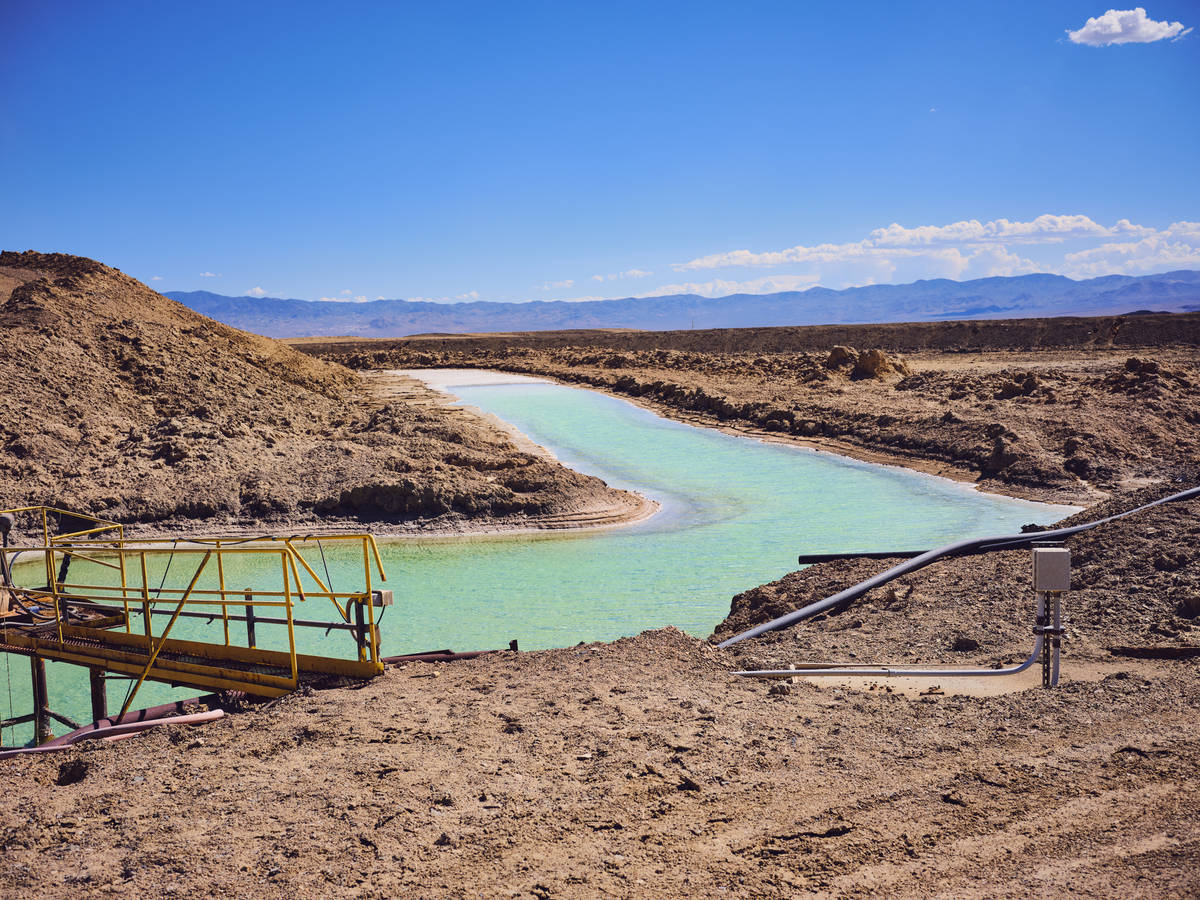Nye County opposing NASA land proposal
In Nevada, mining is a major industry, bringing in millions of dollars in taxes every year and employing thousands of workers in high-paying positions that help support the local economy but much of the mining operations in the Silver State rely on access to federally controlled lands.
As such, any time a department or agency of the federal government makes a move to restrict access to these lands, it prompts a strong reaction from elected representatives, residents and business owners all around the state. For Nye County, in which a full 98% of the lands are under federal management, the impact of land withdrawals can be quite damaging, bleeding off revenue that is imperative to the county’s economic health.
Now, with NASA proposing to remove nearly 23,000 acres of land in the mineral-rich Railroad Valley area of Nye County from public access, and thus mining, Nye County officials are doing whatever they can to voice their opposition to the concept.
NASA claims it needs to obtain additional land to allow for satellite calibration activities and announced its intention to withdrawal a total of 22,995 acres located roughly 80 miles northeast of Tonopah for a period of 20 years.
During its Tuesday, July 20 meeting, Nye County commissioners addressed two agenda items relating to the proposed NASA land withdrawal, including a resolution outlining its objections and a letter to NASA officials reiterating those objections. With all five commissioners on the same page when it comes to this issue, both items, presented by former county commissioner and current Nye County Natural Resources director Lorinda Wichman, passed with unanimous approval.
“How much more do we give? At what point do we say, ‘Enough is enough’?” Nye County Commission Chair Debra Strickland demanded during the meeting. “NASA doesn’t need this land. If they want dark skies, they should go to, I don’t know, the NNSS or any other one of the facilities they already own. I am damn mad about it.”
Nye County Commissioner Bruce Jabbour, who represents the constituents of Railroad Valley, was obviously incensed about the proposal as well, remarking, “This is a very, very serious issue.”
He said he himself has traveled to the Railroad Valley area to speak with residents, who are also quite concerned. “We need to do whatever we can to protect Nye County, the residents of Nye County up in Railroad Valley… Yes, there are dark skies but there are other options… We have 40 options of where they could go with no objections, but no, they want this specific area. They don’t need this specific area, we need and want this specific area for economic development, for jobs, for infrastructure, for tax dollars back to the county. So I am going to help carry this torch to fight,” Jabbour declared.
The resolution approved that afternoon, No. 2021-20, states that the segregation and withdrawal of the lands in question would have a major impact on existing development activities. Specifically, preventing public access to 36 square miles of the proposed withdrawal would put the kibosh on active operating oil leases on or near Bacon Flat and would also interfere with the Butterfield March Mining District, which contains several mining claims.
In addition, the withdrawal would limit the ability of companies to conduct lithium mining in the area and the resolution underscores the fact that, “…lithium is a strategic mineral vital to the United States and its extraction has been a priority since 2017…” At this time, there are at least 557 lithium mining claims for lithium extraction in Southern Railroad Valley and NASA’s proposal would jeopardize these claims, as well as the development of oil and other natural resources available in Nye County.
“Whereas, multiple land withdrawals and expansion on these historic withdrawals have been previously authorized by Congress in Nye County and the impact of these lost economic opportunities is increased with NASA’s proposal; and whereas the current and future development and expansion of natural resource extraction provides economic benefits to Nye County that would be severely limited and could be eliminated by the proposed land withdrawal… Now therefore be it resolved, that the Board of County Commissioners strongly opposes the segregation and future withdrawal of lands in Railroad Valley by NASA; and urges the BLM to seek multiple use guidelines established under the 1973 Land Policy Act; and further urges NASA to investigate alternative sites that will not interfere with the current and future development of minerals and energy resources in Railroad Valley,” the resolution concludes.
The letter to NASA reiterates and expands upon each of the points detailed in the resolution, and also requests cooperating agency status throughout the National Environmental Policy Act process. That letter is to be submitted not only the NASA but to the U.S Department of Interior, the Bureau of Land Management, U.S. Senator Catherine Cortez-Masto, U.S. Senator Jacky Rosen and U.S. Representatives Dina Titus, Mark Amodei, Susie Lee and Steven Horsford, along with the Nevada Governor’s Office of Economic Development.
As part of the process necessary to pursue a land withdrawal, the BLM is currently accepting comment on the proposal. Members of the public who wish to make their thoughts known have until Wednesday, July 28 to do so.
All comments should be sent to the BLM Nevada State Office, 1340 Financial Boulevard., Reno, NV 89502; faxed to 775-861-6606; or sent by email to blm_nv_so_nasafrncomments@blm.gov and include “NASA withdrawal” in the subject line. No comments will be accepted over the phone.
In addition, constituents can reach out to their federal representatives to voice their opinions, as Congress will have the final say-so in this matter.
Contact reporter Robin Hebrock at rhebrock@pvtimes.com

















